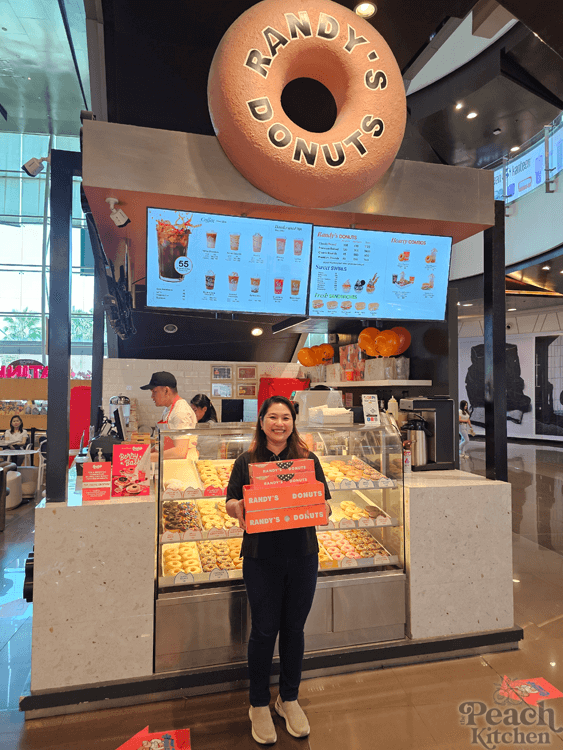
Understanding how different generations approach grocery shopping is essential for retailers and marketers seeking to connect with consumers effectively. From shopping preferences to product choices and technology adoption, generational differences are evident in the grocery aisle.
Baby Boomers
Baby Boomers, born between 1946 and 1964, often prefer the in-store shopping experience, valuing the ability to physically inspect products. They tend to be loyal to familiar brands and prioritize quality over price. While slower to adopt online shopping, they are increasingly using digital coupons and exploring online grocery options.
Generation X
Generation X, born between 1965 and 1980, exhibits a blend of traditional and modern shopping habits. They value convenience and are comfortable with both in-store and online shopping. This generation seeks a balance between quality and price, often comparing products and looking for deals.
Millennials
Millennials, born between 1981 and 1996, are digital natives who have embraced online shopping and grocery delivery services. They prioritize convenience and value-added services, such as meal kits and prepared food products. This generation is also increasingly concerned with health and wellness, seeking out organic, natural, and sustainable options.
Generation Z
Generation Z, born between 1997 and 2012, is the most digitally connected generation. They are comfortable with online shopping and mobile payments, and they expect a seamless and personalized shopping experience. This generation is also influenced by social media and is more likely to try new food trends.
Understanding the unique preferences and behaviors of different generations is crucial for retailers and marketers seeking to optimize their strategies. When tailoring offerings and marketing messages to specific age groups, businesses can build stronger customer relationships and drive sales. The infographic provides a visual comparison of grocery shopping habits across different generations.























